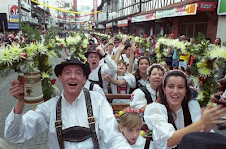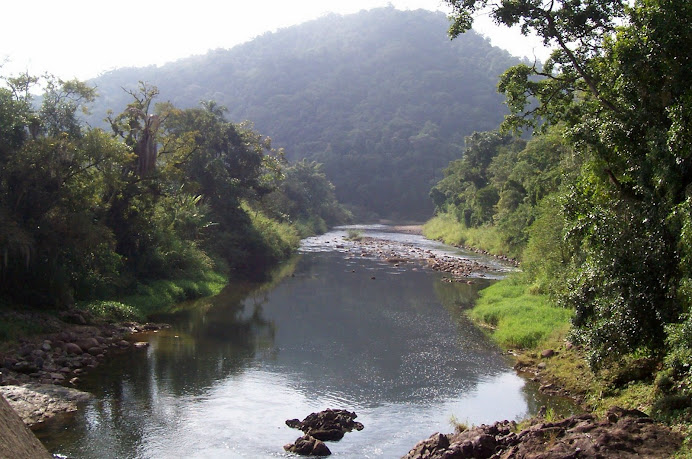
As always, click the titled for a video. The video you'll see has little to do with Brazilians, but it is cute. Access the blog by going to
www.southernbrasil.blogspot.com, and sorry for taking so long to get another article up.
Brazilians of all ages love candy—any kind of candy. If it is loaded with sugar, they will eat it. Just like in the United States, chocolate is the preferred candy, and there are three companies that offer up the majority of candies in Brazil, Lacta, Garrota, and Nestle, S.A.
The bon bons that you get in a box of assorted chocolates are also different than those you get in America. They come in fancy, colorful wrappers and are larger pieces. Some of the most popular kinds contain ingredients such as hazelnut crème, coconut, and cashews.
When we had our café on the beach, we had the end of our counter encased in glass and within that glass were built several cubby holes, all filled to the brim with individual candies, hard candies, bubble gum, lollipops, and miniature candy bars. Brazilians rarely will be seen with a full-size candy bar in hand, but you’ll find most kids (who can afford it) with pockets full of little candies to eat while playing soccer and to share (or sell to) friends.
And I believe I mentioned it before, but we served ice cream in our café, and every person who walked out with a cone or a cup of ice cream had some kind of candy placed on top. The most popular topping was gummy bear dentures. Weirdest thing I ever saw, but they loved them. I did too, as a matter of fact, as they were strawberry- flavored.
Even cough drops, such as Halls Eucalyptus, Strawberry, Mint and Cherry flavors were eaten as candy and breath mints, but never as a cough suppressant.
Yes, candy for the Brazilian is almost as important as food.














.jpg)
.jpg)













































